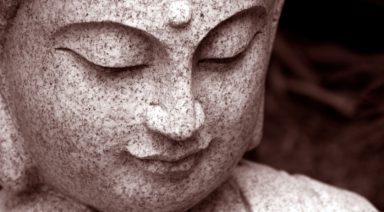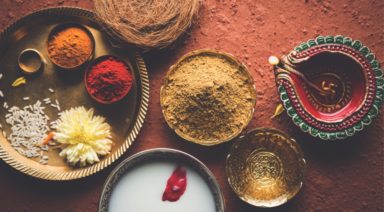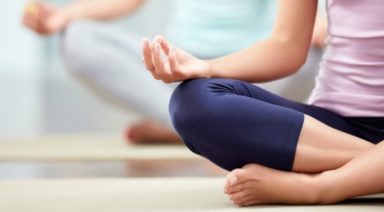Why Gratitude is the Secret to Getting Motivated

We all know how good it feels to be thanked for the things we do. Getting a thank you email from a friend is often enough to lift us up and energize us for the whole day. The irony in this magic formula is that it is actually the person doing the thanking that is getting the most out of this simple act. Being grateful changes how you feel about life.
Think of what you could do for yourself if you turned into a gratitude machine, pouring out your gratefulness 10 or 20 times a day. Now you might be thinking that sending out 20 thank you emails every day might be overkill. The thing is, it is not actually the physical sending of the thank you that generates the personal motivational jolt. This bump of energy comes from the self-reflective process and daily note taking about the people, activities, and situations for which you are grateful.
3 Simple Ways to Practice Gratitude
Even though “counting your blessings” on a daily basis may sound simple enough, the power of it can escape us. We fail to capitalize on this free source of self-motivation and revitalized enthusiasm for life. To stay connected to your gratitude with these three simple things:
1. Make it a ritual
Set up a time to be by yourself. It could be as little as five to 15 minutes. Just enough time for you to pause and reflect about anything and everything in your life that you are grateful for. Do this by reflecting on daily activities, and then write down at least 10 things for which you are grateful. It can be as easy as a bullet point list. It will amaze you when you look back over your wealth of goodness, especially when you are having a bad day.
2. Be open to the truly amazing simple goodness in your life
The key here is to be open to even the small things in your world that make it a better place. You will be surprised at what shows up in your life. Take for instance, the smiles you exchange with family members, the water you drink, or the beautiful stroll you took in the park. Once you give yourself permission to take inventory of the (literally) hundreds of miracles that greet you daily, your energy for life can’t help but blossom.
3. Spread the word
Once you have had a chance to open the door to the energy of gratitude you can amplify it by sharing the idea with others. You will acknowledge small acts of generosity that fill your life, like being grateful for your partner for taking out the garbage. When you start sharing your gratitude daily you’ll experience more acts of kindness that are being directed your way. When this happens the miracle starts to explode and you see the energy of gratitude coming back from all corners of your life.
The hardest thing about tapping into this quiet secret of self-motivation is just getting started. Once you start using this powerful, energizing tool, you can lift yourself from the doldrums to a place of endless enthusiasm for life and boundless joy every day.
How to Use the Yoga Sutras to Tame Your Anxiety
The Yoga Sutras Were Perfected, Passed Down, and Finally Written
The Yoga Sutras is the first official yoga textbook that offers the complete sequential system of yoga (also known as Samkhya) as prescribed by the Sage Patanjali himself more than 2,000 years ago. To understand the lineage, keep in mind that this system had been passed down orally from student to teacher for 3,000 years prior to the penning down of The Yoga Sutras. By the time yoga reached the Sage Patanjali, generations of devout practitioners dedicated their lives to the study of yoga, which would later be enumerated in the yoga sutras. Why were they so committed to this practice?
Back in the Day, There Was No “Medicine”
Yoga was first created and propagated at a time when psychotherapy and Western medicine did not exist. Yet anxiety and suffering did. Humans have always been anxious because that is how our brains developed evolutionarily in response to predation and threat. That is why humans have a negativity bias. We remember all that went wrong and focus on all that can go wrong in order to survive. But we are no longer just surviving.
Anxiety is a crucial component to our ability to remain alive in order to be able to procreate, protect and raise young, and ultimately keep offspring alive until their sexual maturity. Imagine what the outcome would have been if people just relaxed in the face of danger? That response would have opened people up to predation and death. Without anxiety, the nervous system would fail to become aroused. In turn, stress hormones such as cortisol and adrenaline would not be released and humans would not have been able to run and escape danger. They would have been hunted to extinction.




































